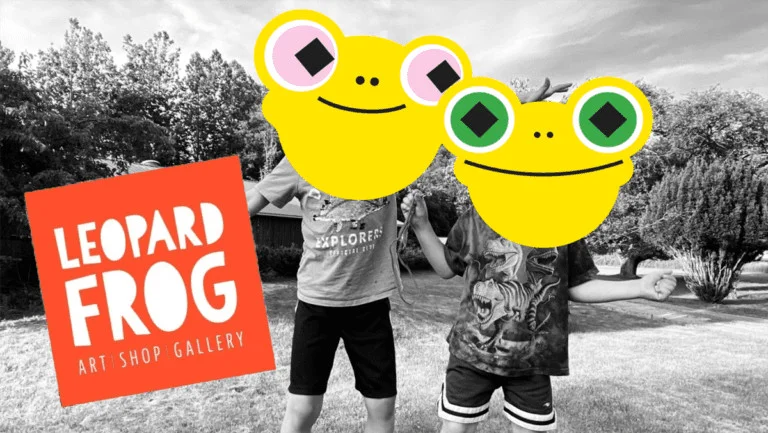Josef von Sternberg’s riveting breakthrough is considered the film that launched the American gangster genre as we know it. Experience with a rousing live soundtrack performed on our historic Estey Organ by award-winning organist Peter Krasinski!
Josef von Sternberg’s riveting breakthrough, UNDERWORLD (1927, 80 mins), is widely considered the film that launched the American gangster genre as we know it. George Bancroft plays heavy Bull Weed, a criminal kingpin whose jealous devotion to his moll, Feathers (Evelyn Brent), gets him into hot water with a rival hood and, ultimately, the authorities. Further complicating matters is the attraction that blossoms between Feathers and an alcoholic former lawyer (Clive Brook). With its supple, endlessly expressive camera work and tightly wound screenplay based on a story by legendary scribe Ben Hecht (who won an Oscar for it the first year the awards were given), Underworld solidified von Sternberg’s place as one of Hollywood’s most exciting new talents. Fun fact: UNDERWORLD was also surrealist Luis Buñuel’s all-time favorite film!
PETER EDWIN KRASINSKI is broadly recognized as a motivating consultant for the pipe organ community, and as a conductor, organist, and music educator, whose imaginative and energetic performances elevate and inform diverse audiences. Well respected in both the secular and sacred genres of his field, he has taught the enchantment of music to both public and private institutions in the greater Boston area for many years. His Bach interpretations have been hailed in print as “sublimely spiritual,” and his improvisations have been critically acclaimed in the press as “stunning,” “seamless,” and “brilliant.” His silent film performances have been called “a great marriage of movie and music.” He consistently receives rave reviews about his “compositions in real time.” “Krasinski’s musicianship and command of the organ were matched by his intuition and keen sense of dramatic sensitivity.” “It was remarkable and seamless, and yes—no modern movie could outdo it… It was as if Krasinski became one with the elements.” This will be his 4th time performing on our historic Estey organ after soundtracking Metropolis, Flesh And The Devil, and Oliver Twist at Epsilon Spires!
“Josef von Sternberg walks like a cat, looks like a fallen archangel, wears Mongolian moustachios and black Chinese pyjamas, is never seen out of doors without a walking stick, craves cornflowers, and always expects the head waiters to bring, unasked, seven iced black grapes when he enters a restaurant.”
Enjoy this excerpt from an essay about the auteur for the San Fransico Silent Film Festival by Megan Pugh:
Josef von Sternberg was at the height of his fame in the 1930s, thanks mainly to the seven lushly stylized films he directed starring Marlene Dietrich, among them the iconic The Blue Angel (1930). Eventually, critics on both sides of the Atlantic would debate the merits of Sternberg’s loving attention to gesture and surface, but when he made 1927’s Underworld, he was virtually unknown.
Like many émigré directors in early Hollywood, von Sternberg had humble origins. He was born in Vienna to a poor Jewish family named Sternberg. They moved to New York City, where he changed his name from “Jonas” to the Christian name “Josef.” He dropped out of high school, worked in a millinery shop, and, according to some biographers, hoboed around the country, spending as much time as he could in libraries and art galleries. Before the age of 20, he had worked as a projectionist and patching film stock. Later, the World Film Corporation in New Jersey appointed him chief assistant to the director, a post he left during World War I when he joined the Signal Corps as a photographer. After the war, he apprenticed with seasoned directors Wallace Worsley and Hugo Ballin in America and Great Britain, as well as with the lesser-known French director Émile Chautard, who taught von Sternberg about film as an art form. During the shooting of The Mystery of the Yellow Room in 1919, Chautard had his young assistant spend time at the viewfinder learning, von Sternberg later recalled, “to appraise the dimensional aspect of everything in front of the lens, including the value of light and shadow.”
During his early years in the movie industry, Josef von Sternberg struggled to make ends meet, cutting corners wherever he could. Instead of wasting money on a bed for his rented room, he slept in a large dresser drawer. Eventually, Hollywood turned him into an aristocrat. At the suggestion of actor Elliott Dexter, the credits to By Divine Right (1924) listed Sternberg, then a scenarist and assistant director, as “von Sternberg.” Von Sternberg never lobbied for this prefix, but he also never objected to it. “Had I been consulted,” he wrote, “I’m sure that I would have attached no importance to this implied baronetcy. It was 1923, the recent war had crumbled one empire after the other, and members of the nobility had become doormen in Paris, cab drivers in New York, and extra players in Hollywood.”
In the years to come, von Sternberg cultivated his persona as an exotic, highbrow artiste more actively. Journalists anointed him Svengali to Marlene Dietrich’s Trilby, and the riding pants and turbans he would wear on the set added to his mystique.
Von Sternberg wanted absolute control over the visuals of his movies and worked closely with costume designers and set designers, providing them with his sketches before hearing their ideas. He preferred filming in a studio, where he could arrange every element to his liking, and asserted that shooting on location was making a documentary, not art. “I am a poet,” he explained. “To reality, one should prefer the illusion of reality.”
The deliberate lusciousness that would characterize von Sternberg’s style is already on display in Underworld, especially in the Gangster’s Ball scene, where streamers undulate over crowds of jittery dancers and, by the end of the night, pile into knee-deep drifts that impede the drunken heroes.
Tickets: https://www.epsilonspires.org/event-info/underworld-1927-w-organ-score-by-peter-krasinski







